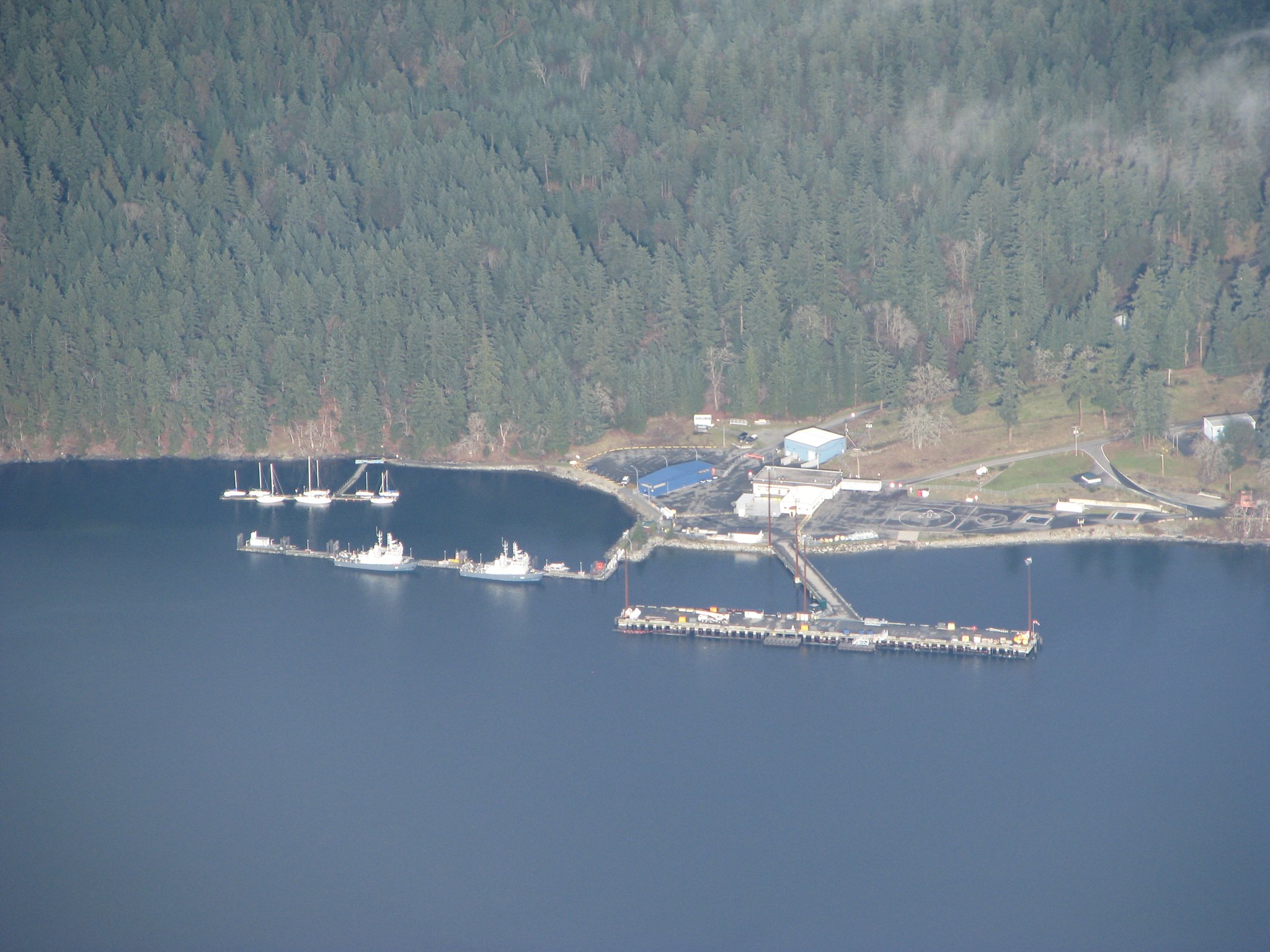CFMETR, Nanoose Bay on:
[Wikipedia]
[Google]
[Amazon]
The Canadian Forces Maritime Experimental and Test Ranges (CFMETR) is a maritime test facility located on the east side of  Equipment tested at the facility consists of a variety of devices, including
Equipment tested at the facility consists of a variety of devices, including
/ref>
/ref>
Vancouver Island
Vancouver Island is an island in the northeastern Pacific Ocean and part of the Canadian province of British Columbia. The island is in length, in width at its widest point, and in total area, while are of land. The island is the largest by ...
, at Nanoose Bay.
The ranges operated by CFMETR are located over an area of the Strait of Georgia—known as Area WG—that is several hundred metres deep, several dozen kilometres long and several kilometres wide over a seabed composed of soft mud and free of underwater obstacles. The facility employs a three-dimensional sonar tracking system for monitoring the performance and position of objects in these waters for real-time tracking. During periods of activity, the range area is closed off from all civilian maritime traffic as a safety measure.  Equipment tested at the facility consists of a variety of devices, including
Equipment tested at the facility consists of a variety of devices, including sonobuoy
A sonobuoy (a portmanteau of sonar and buoy) is a relatively small buoy – typically diameter and long – expendable sonar system that is dropped/ejected from aircraft or ships conducting anti-submarine warfare or underwater acoustic rese ...
s, sonar
Sonar (sound navigation and ranging or sonic navigation and ranging) is a technique that uses sound propagation (usually underwater, as in submarine navigation) to navigate, measure distances (ranging), communicate with or detect objects on o ...
systems (ship and aircraft), torpedo
A modern torpedo is an underwater ranged weapon launched above or below the water surface, self-propelled towards a target, and with an explosive warhead designed to detonate either on contact with or in proximity to the target. Historically, s ...
es and the repair and overhaul of the dipping sonar used on Canada's Sikorsky CH-148 Cyclone
The Sikorsky CH-148 Cyclone is a twin-engine, multi-role shipboard helicopter developed by the Sikorsky Aircraft Corporation for the Canadian Armed Forces. A military variant of the Sikorsky S-92, the CH-148 is designed for shipboard operations ...
helicopter fleet. No explosives are used.
This facility is unique in the Canadian Forces as it staffed by active military personnel from the Royal Canadian Navy
The Royal Canadian Navy (RCN; french: Marine royale canadienne, ''MRC'') is the naval force of Canada. The RCN is one of three environmental commands within the Canadian Armed Forces. As of 2021, the RCN operates 12 frigates, four attack submar ...
and Department of National Defence (Canada), Department of National Defence civilian employees, as well as a small number of U.S. Navy civilian employees from Naval Base Kitsap. The facility is operationally controlled as a field unit of Department of National Defence Headquarters (Canada), Department of National Defence Headquarters. There is a joint funding agreement between the Canadian and United States governments.
During the Alaskan Salmon War, Salmon War of 1997, in an attempt to leverage the US into quitting the fishing of salmon runs in Canadian waters, Premier Glen Clark of British Columbia threatened to close the base by terminating the lease for use of the seabed, which is owned by the province and leased to the Canadian military. This brought quick rebuttal from Ottawa, saying that it would expropriate the area if needed.Anderson, Ross ''Torpedoes In A Salmon War -- B.C. Premier May Sink High-Tech U.S. Navy Base'', ''Seattle Times'', August 20, 1997/ref>
/ref>
References
Royal Canadian Navy, Nanoose Bay Canadian Forces bases in British Columbia, Nanoose Bay Mid Vancouver Island {{BritishColumbiaCoast-geo-stub